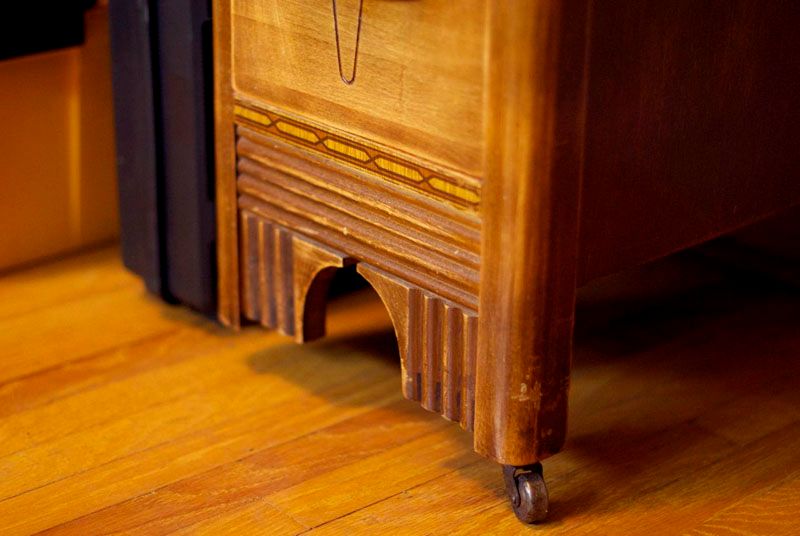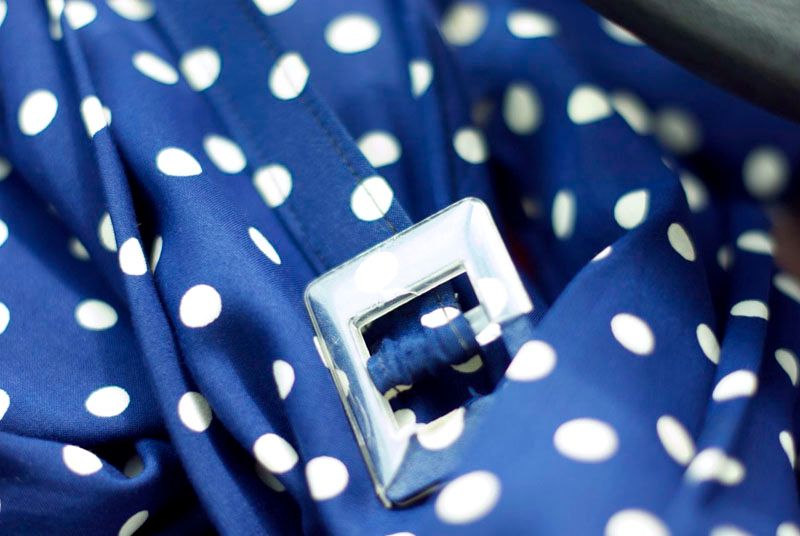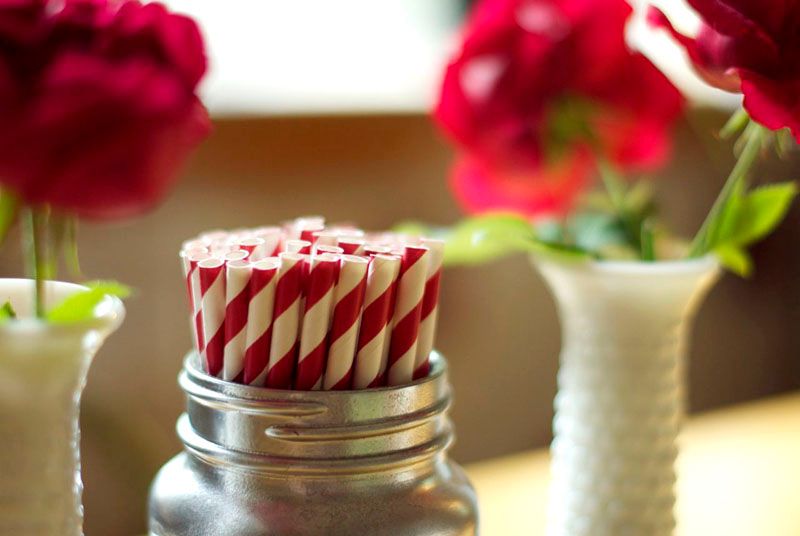I'm in a business where the acquisition of skills is paramount. A lot of my education therefore was spent learning how to do things, even if our aim was not in the technical production front, but in designing, like mine. From building my own light circuit complete with switch and light bulb out of loose wires and a bit of plywood, to a picture frame I would later paint and gift to my Mum, to sewing and drafting my own patterns, I spent countless hours in various shops learning the skills it takes to make theatre; skills that transfer awfully well to real life and non-theatre workplaces.
Through it all, sewing has been my favourite. It has given me the most opportunities, and the largest sense of self confidence. Above all, it has given me some awesome clothes.
My life as a seamstress (I guess?) began when I was 16. My parents and grandparents teamed up and bought me a sewing machine for Chanukah, the same machine I use today (and desperately need to take in for a tune-up. The 1 step button-holer has become "13 steps to Hulk-smashing". Maintenance is still a low point for me), a basic Janome I named Johnny 5. The first thing I ever sewed was a red satin and black lace purse for my best friend Caroline. I sewed the entire thing with no previous experience or knowledge whatsoever, and sewed with the pressure foot raised the whole time. I thought that this sewing thing was really, really hard, and I gave up on it for a few months. Had I read the instruction manual (another fault of mine), I would have known that the pressure foot is really integral, and that the machine would then feed the fabric through so you wouldn't have to. I was young, and stupid, and proud enough to give that P.O.S bag as a birthday present, and Caroline loved me enough to use it. It's a lovely and tragic thought. That thing was hideous.
I was prompted to pick back up the needle and thread a few months later, when I began to get more into Japanese street fashion, gothic and lolita in particular. I picked up some Japanese sewing magazines, and worked off their patterns for the next two years. I took Japanese classes so that I would be able to understand the patterns, and went on to make several garish and ill-fitting pieces. I am, shocking as it may be, not the ideal body type for Japanese drafted patterns. However, through this time, I learned what pattern pieces looked like, the order to put them together, and how to sew a straight line. That last one may sound silly, but straight lines are really all sewing boils down to. Through the purring of my sewing machine, I was able to explore my personal style in ways that had been barred from me previously, either through cost or sizing. The ability to make my own clothes was so freeing, and served as a real turning point for the way I saw fashion, personal style, and even my own career path. Every new garment was a learning opportunity, and even those that turned out badly served a greater purpose: sacrificial offerings to the gods of experience.
The most significant improvement of my skills took place over my 4 years at university. Through my costume construction classes, I learned about historical and modern couture construction techniques, and most importantly, how to draft my own patterns from measurements. Now, I am a person who quite enjoys math. Maybe not the really deep theoretical stuff, but I find practical math to be pretty cool in general. The idea of breaking down numbers into lines, in order to build 3D shapes, was just the biggest thrill for me. Pattern drafting continues to be one of the most fun of all mind-fucks I have ever experienced. This is an area in which the concept of sewing being all about straight lines really hits home for me: every curve on your body has to be translated into a straight line, in order to be sewn. Now, that isn't to say that it may LOOK like a straight line on paper, but there is some way of holding those pieces that will result in a straight line. Really, I have found this concept to be the most freeing when it comes to my sewing. I approach each new challenge fearlessly: it's all straight lines when you really break it down, so how hard could it really be? I mean, at least I don't have to sew it all by hand like folks used to!
That fearlessness is the most important thing I have learned through sewing. To look at complex problems and break them down until they seem perfectly reasonable. To approach everything with the understanding that while successful projects may be the most satisfying, the failed projects are arguably the most valuable. To understand that the limits of availability are only limits if you don't intend to create what you want in the world. To realize that you are capable of achieving most anything you want, and that what you do not know, you can learn.
And that, my friends, is the long rant behind why I tell everyone that sewing is the best thing I ever learned how to do.
--Erin

















